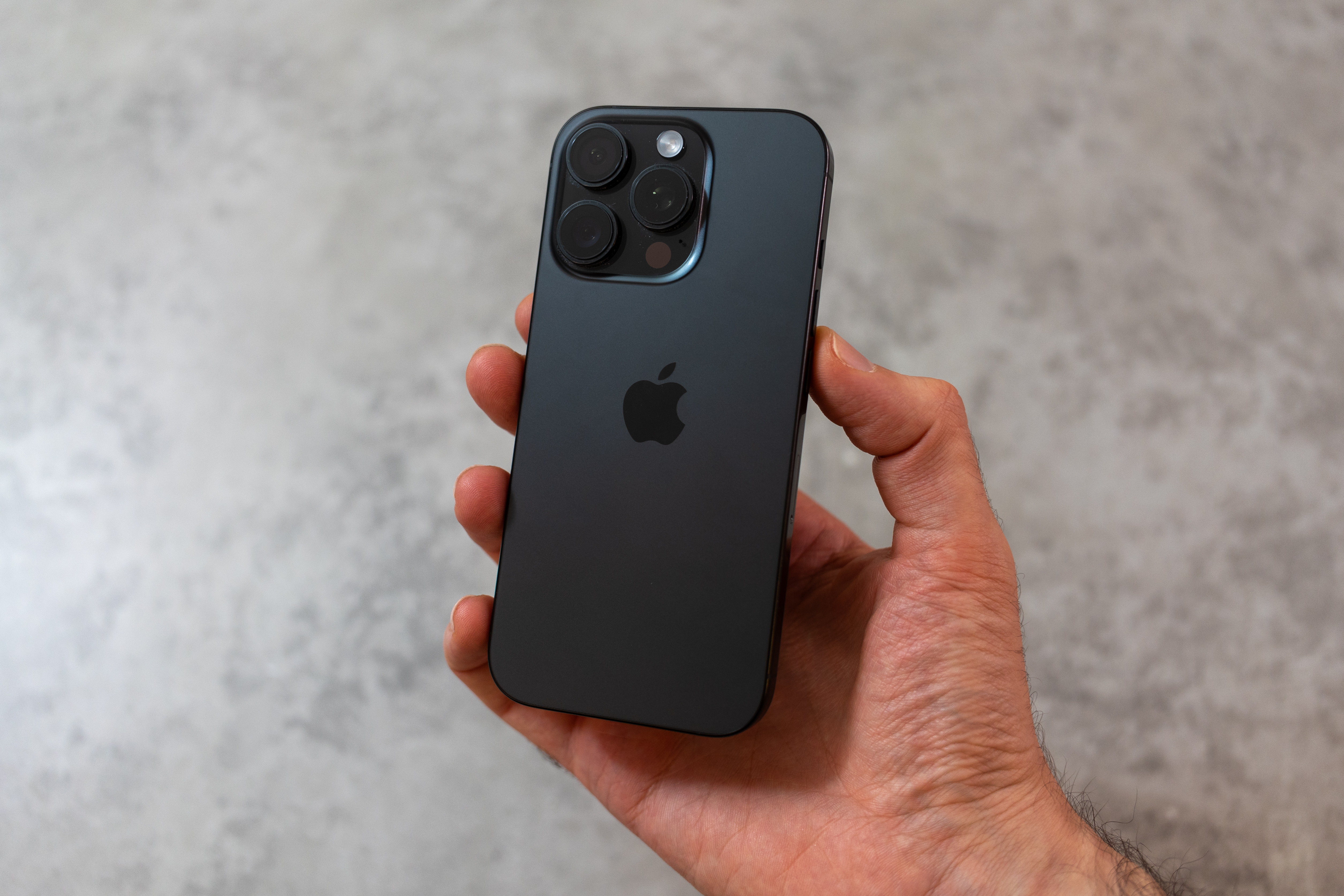The best Nikon wide-angle zoom lenses in 2025: top Z-mount and F-mount options
The best Nikon-fit ultra-wide zooms will literally widen your horizons, and are a must for landscape and interior photographers

In this guide, I'm going to take you through the best wide-angle zooms for Nikon cameras. By 'wide-angle', I'm talking about really wide zooms that have a minimum focal length of 18mm or less on a full-frame FX-sensor Nikon, which equates to around 12mm on a crop-sensor DX camera. If you're close enough to your subject, such a wide focal length enables you to exaggerate perspective, or back out to cram in as much context as possible.
I've split the guide into lenses for Z-series mirrorless cameras and those for F-mount DSLRs (which are getting thinner on the ground, but the ones included in this guide were all available to buy new at the time of writing). I've further divided the guide into dedicated FX-format lenses for full-frame cameras and DX-format lenses designed specifically for APS-C-sensor Nikons. It's worth noting that while you can use an FX lens on a DX camera, the 1.5x multiplication factor means that you lose all the wide-angle benefit that these lenses offer.
While there are some very pricey options, the good news is that you don't have to pay over the odds for 'fast' lenses because wide-angle photography often goes hand-in-hand with narrower apertures to maximize depth of field, and many great 'slower' lenses are available at knock-down prices. So, here’s my guide to the best-buy wide-angle zooms for your Nikon camera…
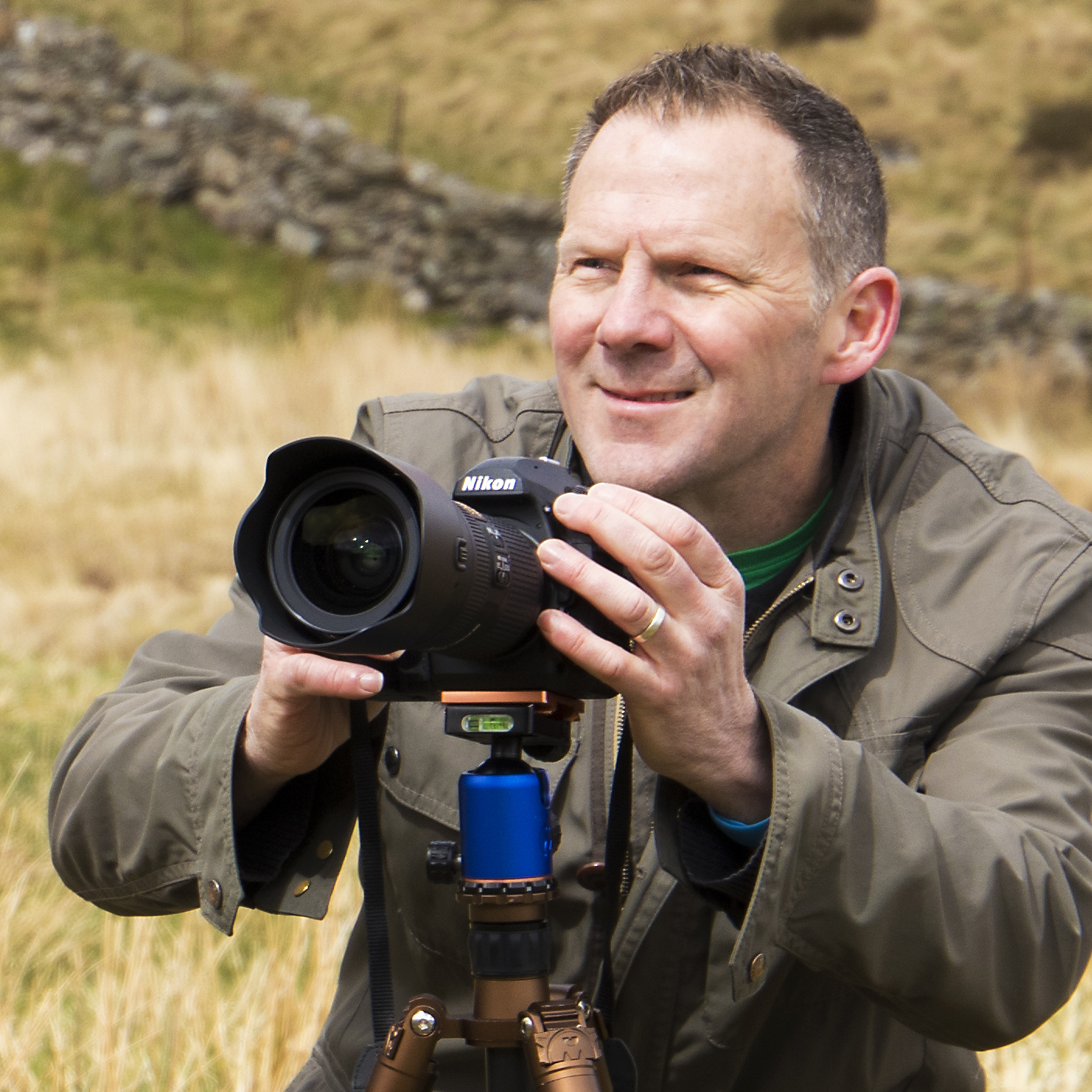
Adam was previously editor of N-Photo magazine, and loves wide-angle photography, so is just the fellow to help you pick the best wide-angle lens, whatever Nikon camera you use.
The quick list
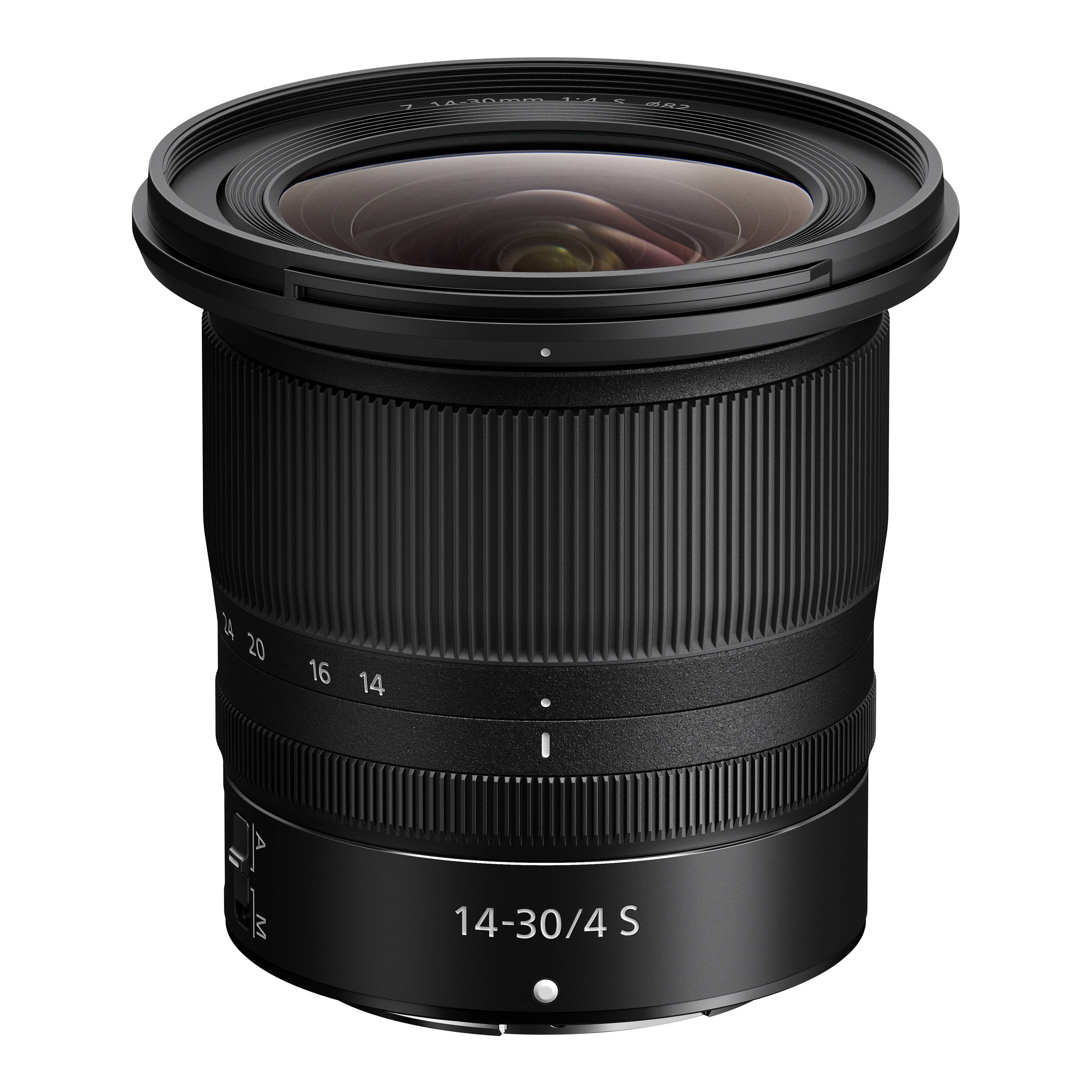
While it sits beneath the flagship Z-mount wide-angle, we absolutely love this well-balanced full-frame zoom. With S-Line designation, it delivers gorgeous images.
Read more below
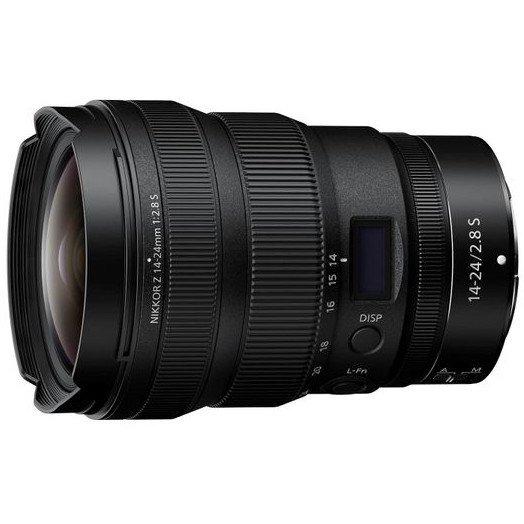
If you want premium, dazzling quality to make the most of a high-resolution Z-mount camera, the Nikkor Z 14-24mm f/2.8 S will give you all that and then some.
Read more below
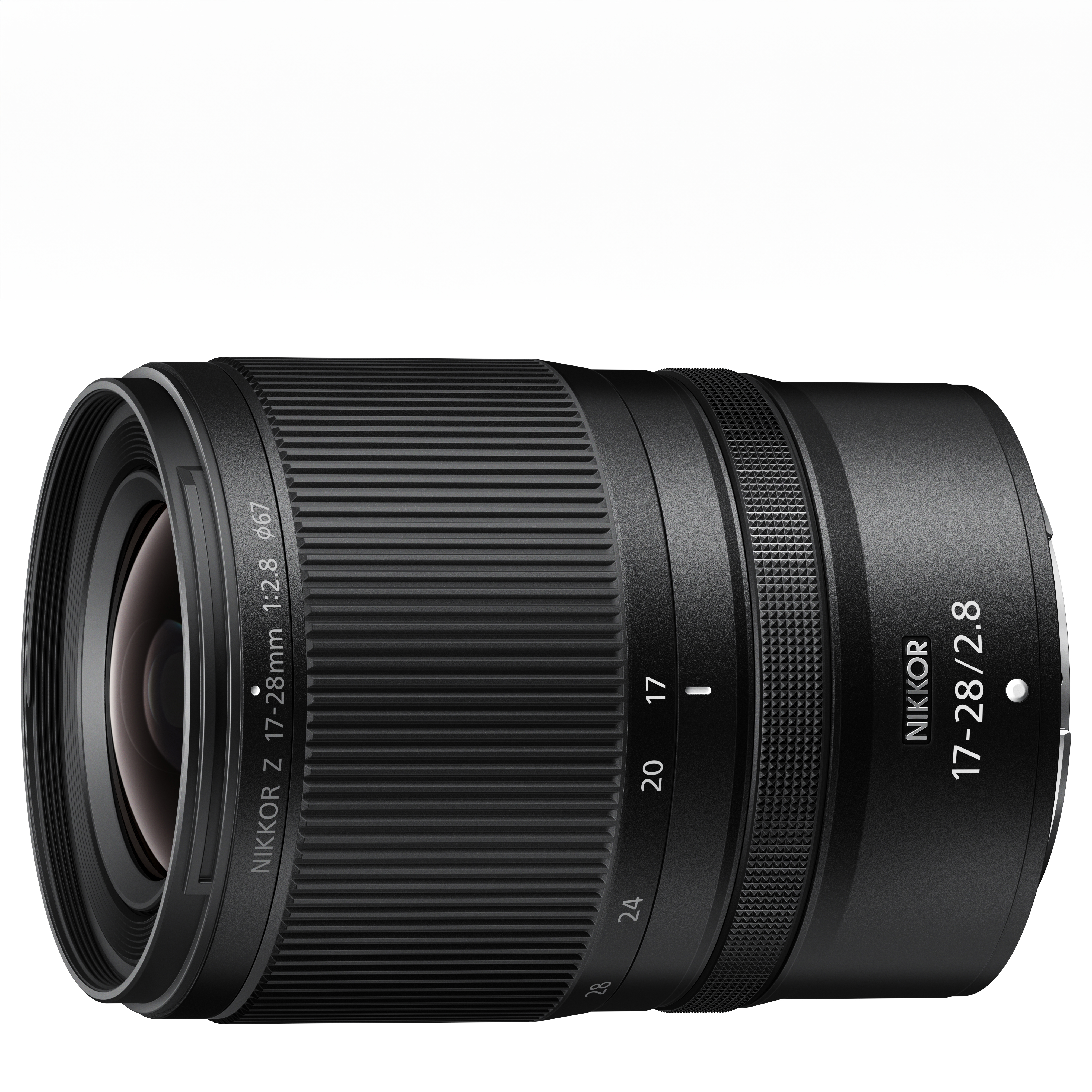
If you're prepared to forego a little wide-angle coverage, you can save a lot of cash. This costs about half as much as the Z 14-24mm f/2.8 S, and 17mm is still pretty wide.
Read more below
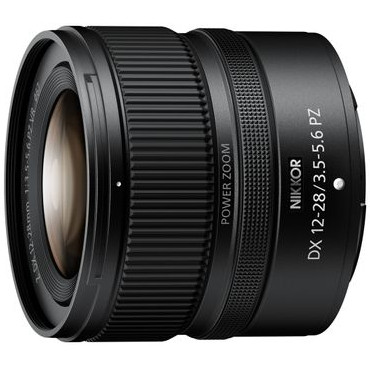
Designed for APS-C Z-mount cameras such as the Nikon Z50 II, this wide zoom is a capable option for vlogging thanks to its Power Zoom functionality.
Read more below

It's more expensive than rivals from Sigma and Tamron, but they're getting tough to find – so, Nikon's own 14-24mm is top of the pile for full-frame DSLRs.
Read more below
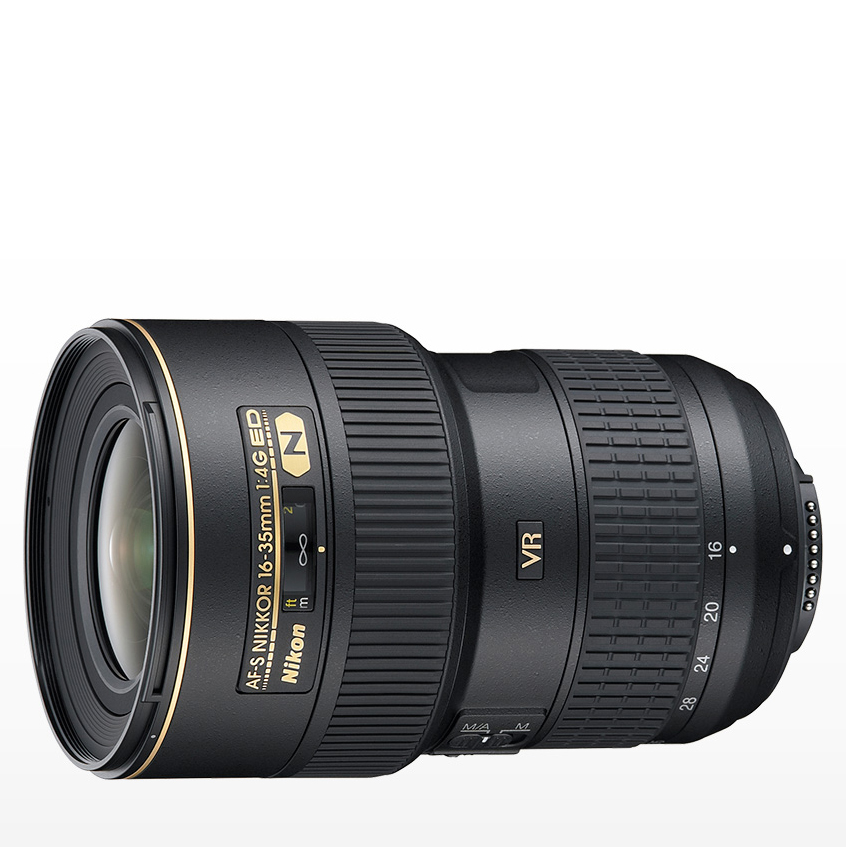
Smaller and lighter than most wide-angle zooms thanks to the combination of a relatively modest maximum viewing angle and aperture.
Read more below
See more products

If you're using one of Nikon's APS-C DSLRs, the firm's own 10-20mm lens is one of the best wide-angle choices out there. Light enough for travel, and packs in VR.
Read more below
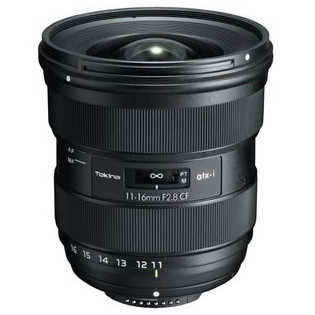
If you're after a fast, constant-aperture wide zoom for a DX camera, the Nikon-fit version of this Tokina lens fits the bill nicely.
Read more below
Nikon Z-mount FX
The best wide-angle zoom lenses for full-frame Z-mount mirrorless cameras, such as the Nikon Z5 II, Zf, Z6 III, Z7 II, Z8 and Z9.
Z 14-30mm

Specifications
Reasons to buy
Reasons to avoid
This wide-angle is designed specifically for Nikon Z-series full-frame mirrorless cameras, and although it has a slightly disappointing maximum aperture of f/4, it does have internal optics that ensure pin-sharp image quality. It has 14 elements in total, split into 11 groups, and the control ring can be assigned to the user's preferred functions such as focus, ISO, exposure compensation, etc.
The stepping motor autofocus system is fast, accurate and practically silent, meaning the lens is a solid choice for videos as well as stills. The lens is also nice and lightweight, suiting the Z-mount mirrorless cameras perfectly.
Providing superb sharpness and excellent operability, the Nikon Z 14-30mm f/4 S is an extremely solid lens all-around, as long as you can live with that f/4 maximum aperture.
See our full Nikon Z 14-30mm f/4 S review
Z 14-24mm
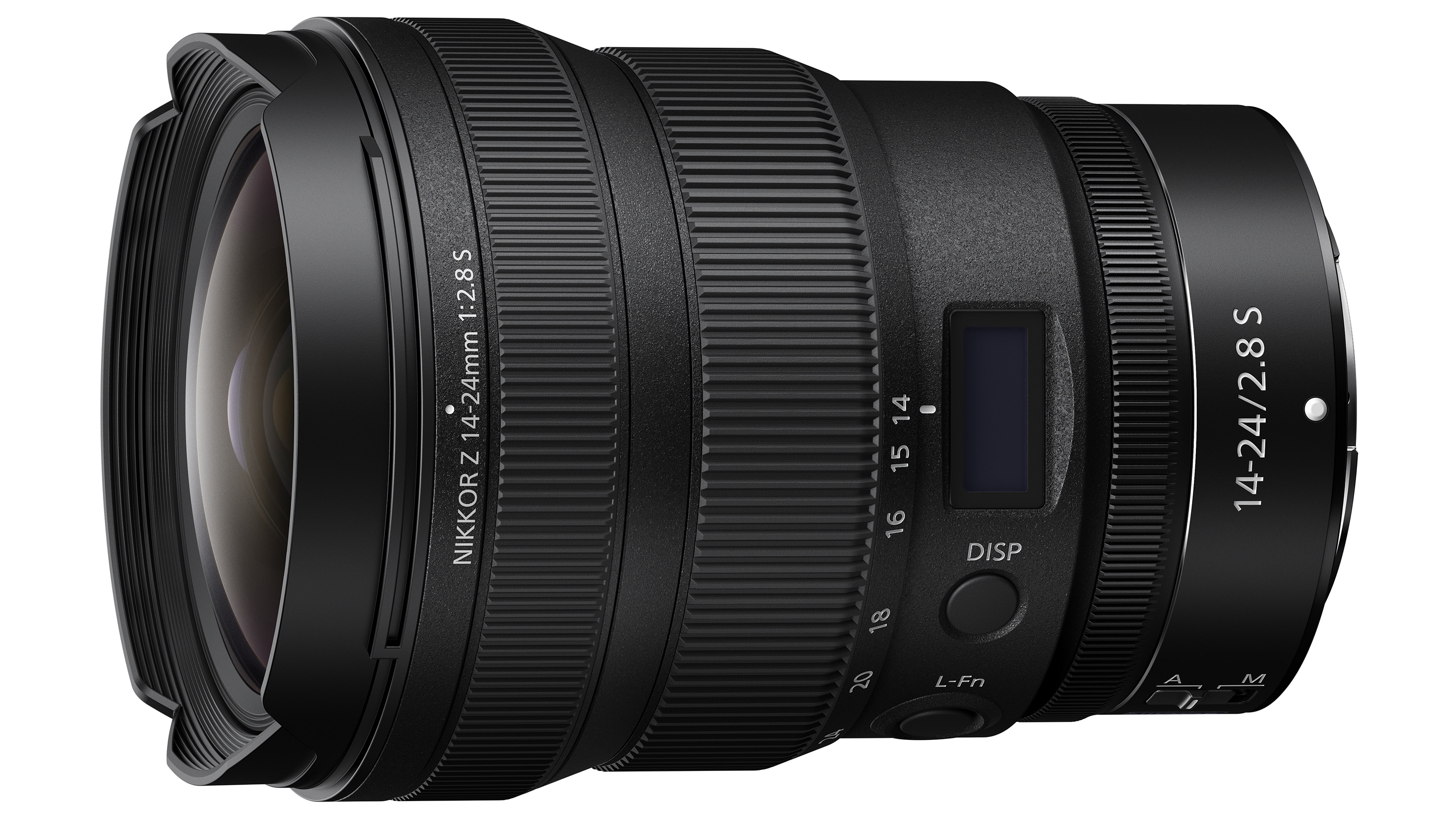
Specifications
Reasons to buy
Reasons to avoid
The Nikon Z 14-24mm f/2.8 S is Nikon's latest effort to attract pros to the Z mount system. Completing the holy trinity of fast f/2.8 S-line zooms, it slots in neatly next to the Nikon Z 24-70mm f/2.8 S and promises uncompromising wide-angle image quality. The 16-element optical stack includes 3 aspherical elements, along with Nikon’s Nano Crystal and ARNEO Coat for reducing ghosting and flare. The front element gets a smear-resistant flourine coating, and the lens is fully weather-sealed. Add the included HB-98 lens hood and huge 112mm filters can be used – Nikon offers Neutral Colour and Circular Polarizer options.
See our full Nikkor Z 14-24mm f/2.8 S review
Z 17-28mm

Specifications
Reasons to buy
Reasons to avoid
Like a few other Z lenses, this is more or less a rebadge of a popular Tamron lens, the brains at Nikon being smart enough to know a good thing when they see it. Delivering excellent image quality in a lightweight and portable body, the Z 17-28mm f/2.8 is a fairly straightforward lens, built around that constant f/2.8 aperture. It's significantly lighter than you'd expect an f/2.8 zoom to be, due in part to the omission of such features as stabilization, an OLED display, Fn buttons or a third control ring. As long as you can live without all that, you get absurdly good image quality for the money here – this lens received the full five stars in our testing.
See our full Nikon Z 17-28mm f/2.8 review
Nikon Z-mount DX
The best wide-angle zoom lenses for DX-sensor Z-mount mirrorless cameras, such as the Nikon Z50 II, Zfc and Z30.
Z DX 12-28mm
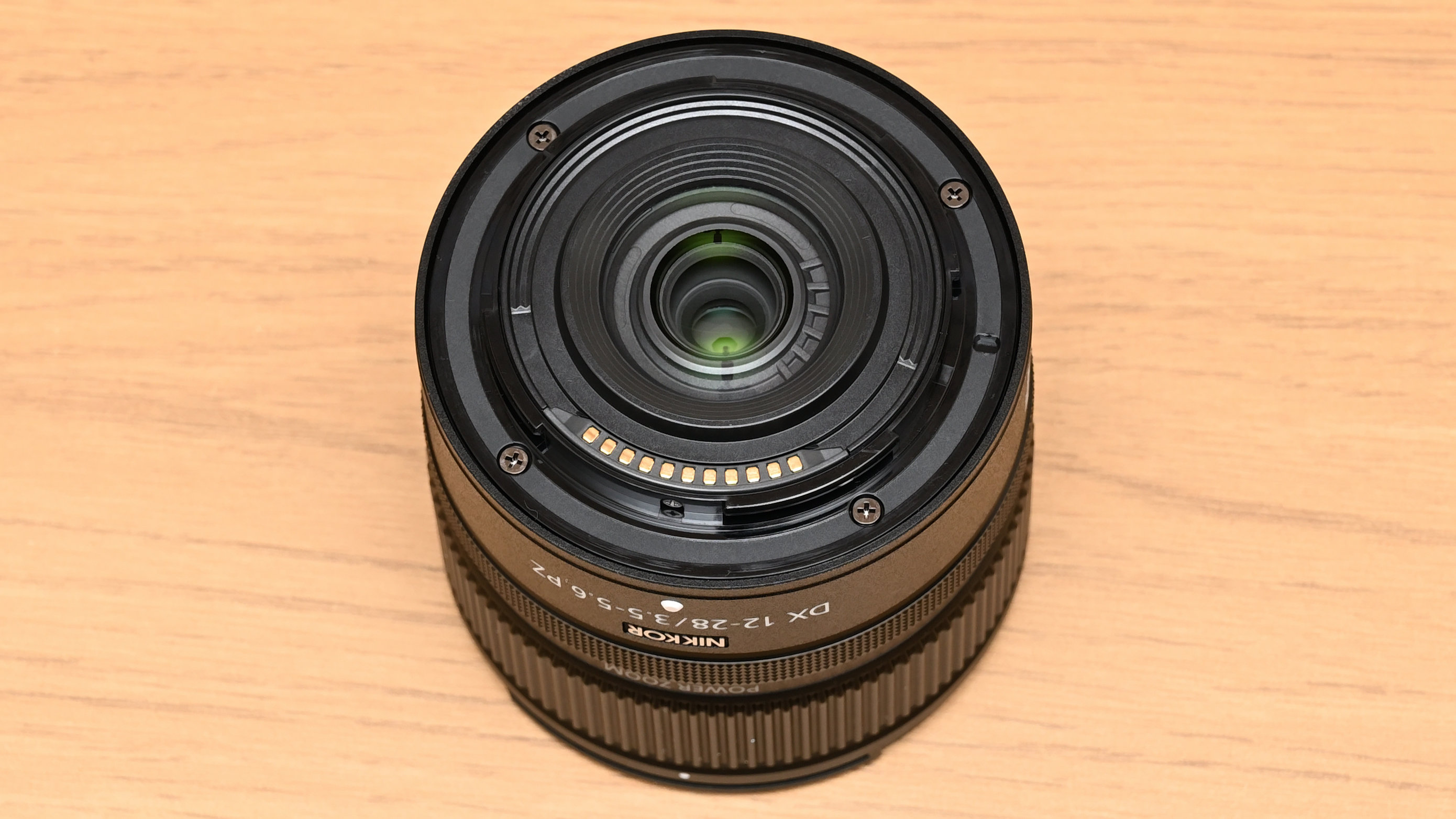
Specifications
Reasons to buy
Reasons to avoid
The widest zoom currently available for APS-C Z-mount cameras (a category currently consisting of the Z50 II, Z fc and Z30), the Nikon Z DX 12-28mm f/3.5-5.6 PZ VR has been equipped with a number of features that make it particularly tempting for vloggers. The motorized Power Zoom mechanism offers 11 speed options for precise control, and the body of the lens also stays the same length throughout the zoom range, which is handy if it's mounted onto a gimbal. Image quality is good – we were impressed over the course of our testing – and overall this lens provides excellent value for both video and stills shooters.
See our full Nikon Z DX 12-28mm f/3.5-5.6 PZ VR review
Nikon F-mount FX
The best Nikon wide-angle zoom lenses for Nikon full-frame FX DSLRs, such as the Nikon D850 or the Nikon D780.
Nikkor 14-24mm
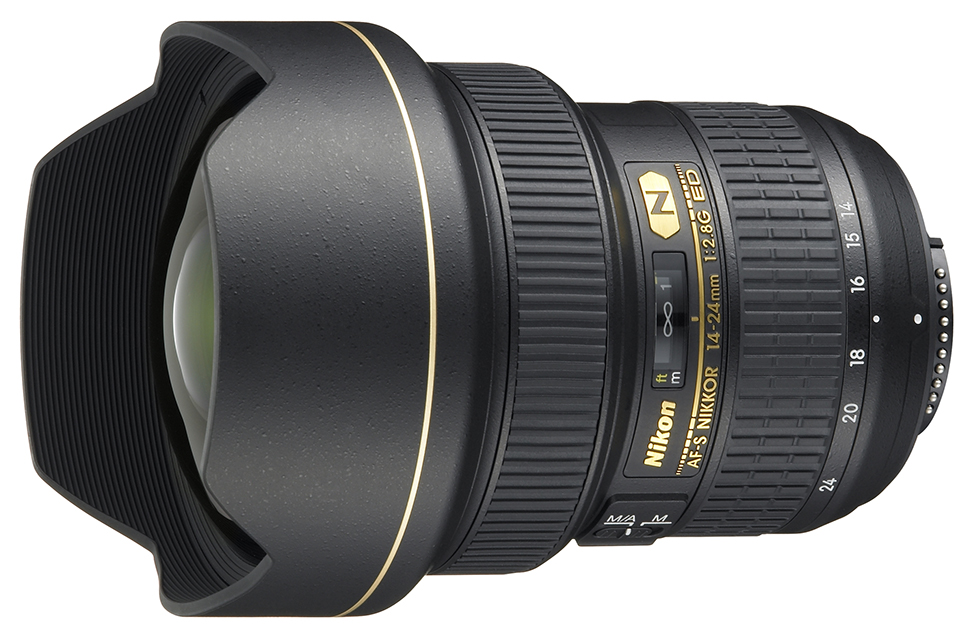
Specifications
Reasons to buy
Reasons to avoid
Weighing in at 1kg, the Nikon AF-S 14-24mm packs a mighty maximum viewing angle of 114 degrees. Build quality is of a fully professional standard, complete with weather-seals. The zoom and focus rings are large and have a smooth action, but the relatively short rotational travel of the focus ring makes manual focusing a bit fiddly for applications like astrophotography.
Ring-type ultrasonic autofocus is fast and whisper-quiet, and comes with an ‘M/A’ mode that gives priority to manual focusing while in autofocus mode. It’s an advantage in that you don’t need to wait for autofocus to be achieved before applying manual override. High-grade optics include two ED (Extra-low Dispersion) elements, three aspherical elements, plus nano-structure coatings.
Own-brand lenses from Nikon are often expensive when compared to thrid-party equivalents. It is solidly built and delivers good all-round performance.
See our full Nikon AF-S 14-24mm f/2.8G ED review
Nikon 16-35mm
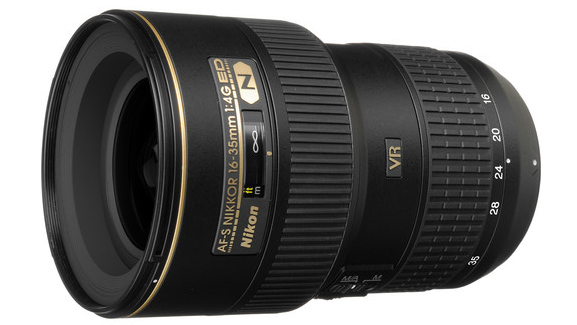
Specifications
Reasons to buy
Reasons to avoid
Noticeably smaller than most other FX format lenses, this Nikon AF-S 16-35mm f/4G ED VR is little more than half the weight of some competitors, thanks to the combination of a relatively modest maximum viewing angle and an f/4 rather than f/2.8 aperture rating. It also features a filter attachment thread and removable hood.
Two ED (Extra-low Dispersion) elements in the optical path help to optimize image quality, and a Nano Crystal coat minimizes ghosting and flare. Build quality feels very solid, complete with a weather-sealed mounting plate.
Image quality is particularly good at the short end of the zoom range, although sharpness drops off a bit at the long end. The ‘VR’ optical stabilizer is nice to have, especially for shooting in cathedrals, museums and other locations where you might not be allowed to use a tripod. However, it only has a 2.5-stop effectiveness.
See our full Nikon AF-S 16-35mm f/4G ED VR review
Nikon F-mount DX
The best Nikon wide-angle zoom lenses for Nikon DX DSLRs, such as the Nikon D3500, Nikon D5600 , D7500 and Nikon D500.
DX 10-20mm
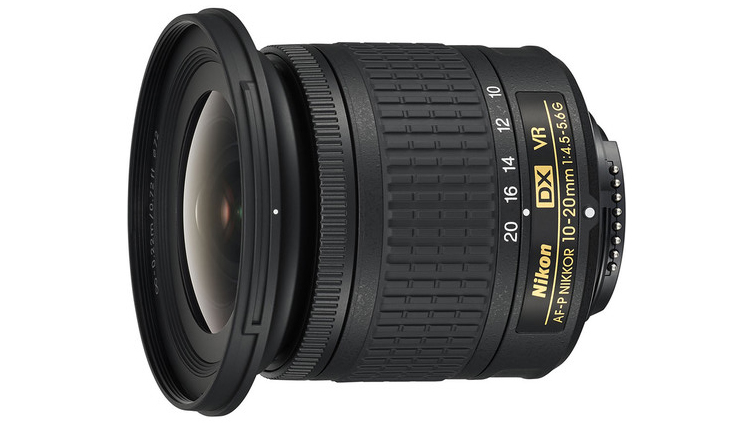
Specifications
Reasons to buy
Reasons to avoid
This wide-angle zoom is refreshingly small and lightweight. There’s a catch though, in that the mounting plate is plastic rather than metal, and the overall build feels much less robust than some lenses, but that's the price you pay for improved portability.
Unlike Nikon’s older DX format wide-angle zooms, this one adds VR (Vibration Reduction), with a 3.5-stop effectiveness in beating camera shake. There’s also a virtually silent AF-P stepping motor autofocus system, which works well for stills and movie capture alike. However, this does make both autofocus and manual focusing impossible with a number of older DSLRs, and there’s no focus distance scale.
Sharpness is very good at the centre of the frame but drops off noticeably towards the corners. Performance could be better in terms of distortion and color fringing but, overall, it’s a neat and very travel-friendly lightweight zoom.
See our full Nikon AF-P DX 10-20mm f/4.5-5.6G VR review
Tokina 11-16mm
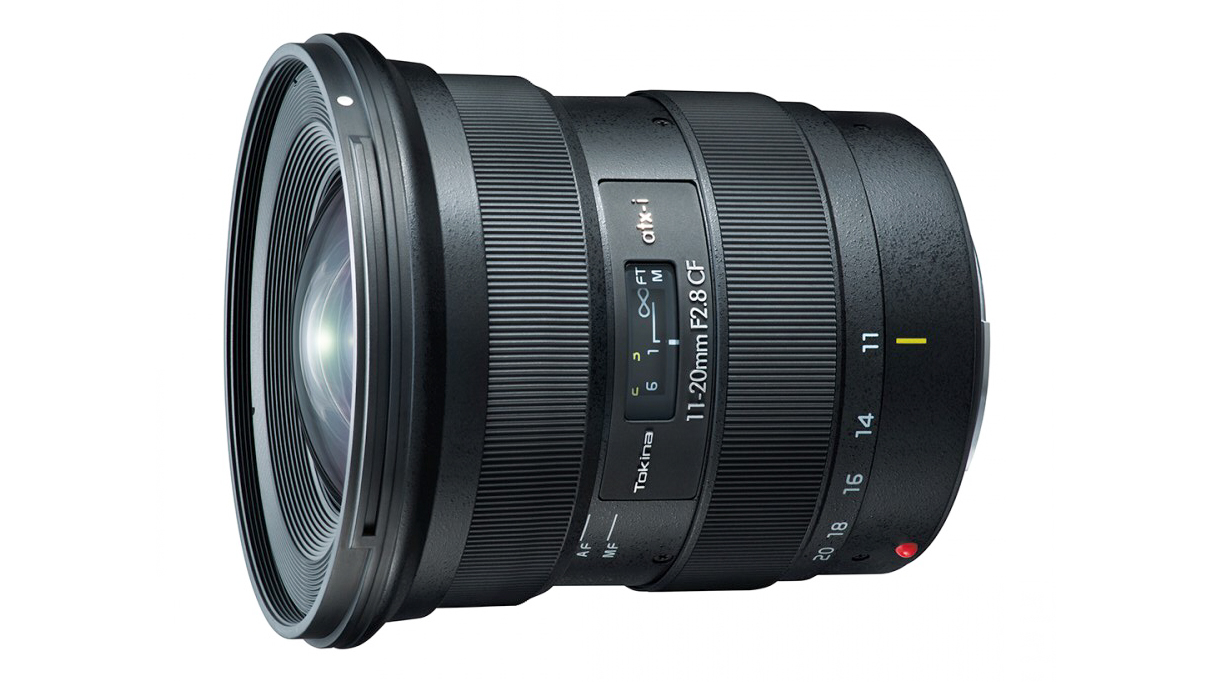
Specifications
Reasons to buy
Reasons to avoid
The original edition of Tokina’s ATX 11-16mm was one of the first ultra-wide zooms for DX format Nikon DSLRs. The Mark II edition added an internal autofocus motor, enabling autofocus on cameras that lack in-body AF drive. This most recent version is from Tokina’s ‘atx-i’ stable, ‘i’ standing for ‘interactive’ mutual communication between photographer and lens. It’s redesigned with a more streamlined, up-to-date look and feel but retains the original lens’s high standard of build quality. Further similarities include a fast and constant f/2.8 aperture rating, and Tokina’s trademark ‘One-touch Focus Clutch’ mechanism, which enables switching between autofocus and manual focus with a push-pull action of the focus ring. The optical path includes exotic, high-tech elements that help to deliver very good image quality.
See our full Tokina ATX-i 11-16mm f/2.8 CF review
How to choose a wide-angle zoom
Nikon wide-angle zoom lenses come in two different mounts, and for use with two different sensor sizes – so in all there are four different types of Nikon wide-angle lenses. Nikon DX lenses are made for Nikon's APS-C (DX) format cameras, Nikon FX lenses are for Nikon's full-frame FX cameras. DSLRs use the Nikon F mount, while Nikon mirrorless models use the Z mount.
Pairing a wide-angle zoom lens with your Nikon camera allows you to fill the frame with your subject. You can produce a wide perspective that's perfect for landscapes, cityscapes and architecture. Wide-angle lenses are also often nice and small, making them ideal for travel and for shooting situations where space is limited. For example, if you’re shooting indoors and constrained by walls and other obstacles, a wide-angle zoom can be a massive help.
One thing to bear in mind, however, is that a lens's focal length does depend on the camera you pair it with. FX-format (i.e. full frame) lenses can be paired with Nikon cameras with full-frame or APS-C sensors (known as FX and DX cameras), however, the smaller APS-C DX sensor will change the angle of light entering the camera and extend its focal length. So, a lens that's wide on a full-frame FX camera won't be as wide on a DX-format camera. Always check what kind of camera you're using and make your choice accordingly.
How we test lenses
We test lenses using both real world sample images and lab tests. Our lab tests are carried out scientifically in controlled conditions using the Imatest testing suite, which consists of custom charts and analysis software that measures resolution in line widths/picture height, a measurement widely used in lens and camera testing. We find the combination of lab and real-word testing works best, as each reveals different qualities and characteristics.
FAQs
What are wide-angle zooms used for?
A good wide-angle zoom can be useful for just about any type of photography. They are particularly prized for landscape photography, where a wide-angle perspective is favoured for filling the frame with sumptuous vistas, and a zoom is useful for fine-tuning your compositions in situations where that's less easy to do by moving your feet. They also are popoular among architecture photographers for creating frame-filling images of large buildings. Elsewhere, wide-angle zooms can also play a part in street, documentary and even creative portraiture. It's all about how you use them.
Another big use of wide-angle zooms is in video and vlogging, where you generally want a nice wide perspective. As such, some wide-angle zooms have video-friendly features such as Power Zoom functionality (motorized zoom for smooth movement that looks good on camera), silent focusing, or a fixed physical length that doesn't change when the lens zooms – handy for use with a stabilizing gimbal.
Can you use Nikon F-mount lenses on Nikon Z-mount cameras?
Yes – as long as you have an FTZ adapter, most F-mount DSLR lenses will work on Z-mount mirrorless cameras with full functionality of stabilization and autofocus. This process does not work the other way around – Z-mount lenses cannot be mounted onto DSLRs.
Get the Digital Camera World Newsletter
The best camera deals, reviews, product advice, and unmissable photography news, direct to your inbox!

Prior to joining digitalcameraworld.com as Guides Editor, Adam was the editor of N-Photo: The Nikon Magazine for seven years, and as such is one of Digital Camera World's leading experts when it comes to all things Nikon-related.
Whether it’s reviews and hands-on tests of the latest Nikon cameras and lenses, sharing his skills using filters, tripods, lighting, L brackets and other photography equipment, or trading tips and techniques on shooting landscapes, wildlife and almost any genre of photography, Adam is always on hand to provide his insights.
Prior to his tenure on N-Photo, Adam was also a veteran of publications such as PhotoPlus: The Canon Magazine, so his wealth of photographic knowledge isn’t solely limited to the Big N.
